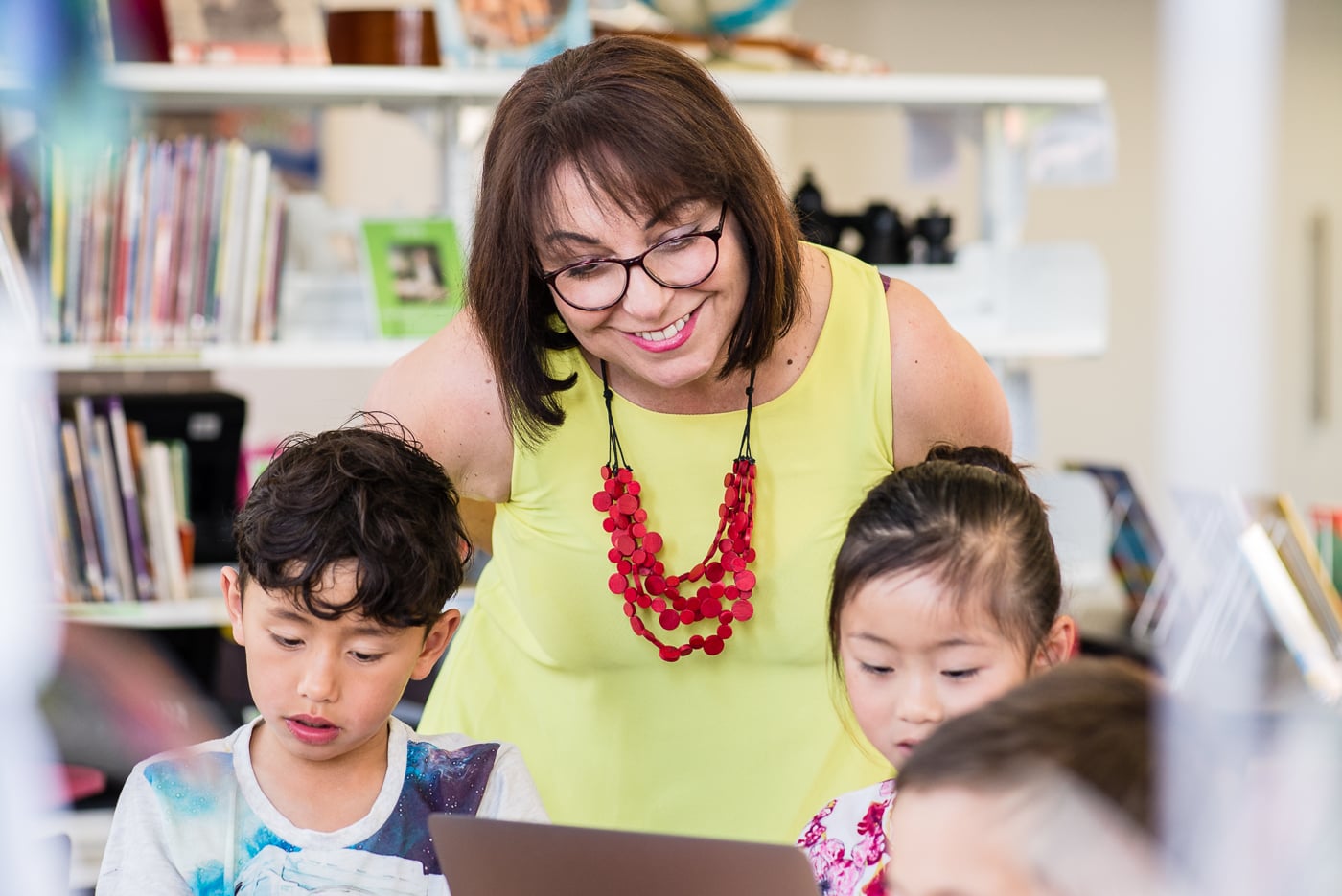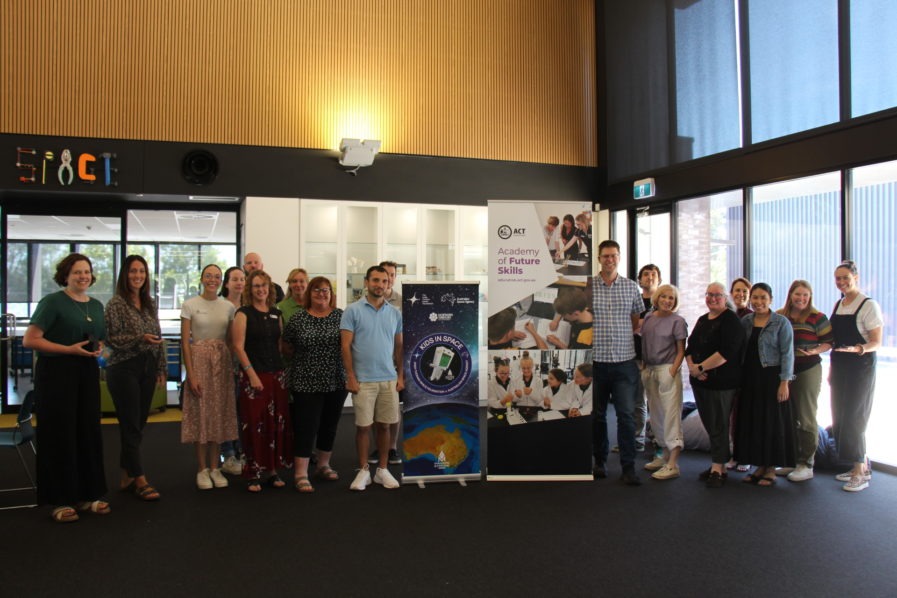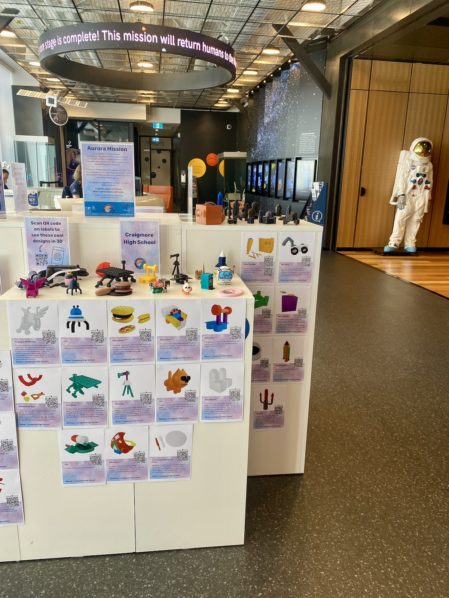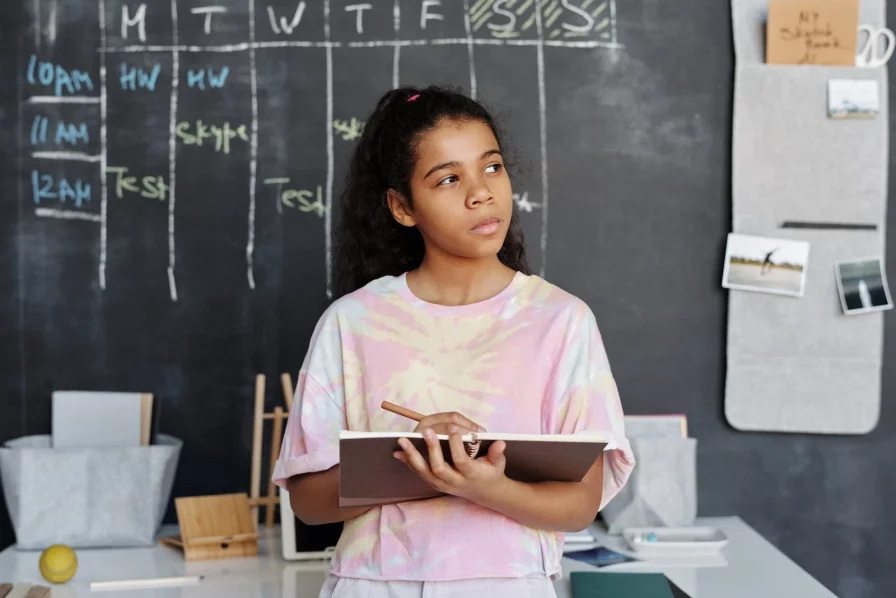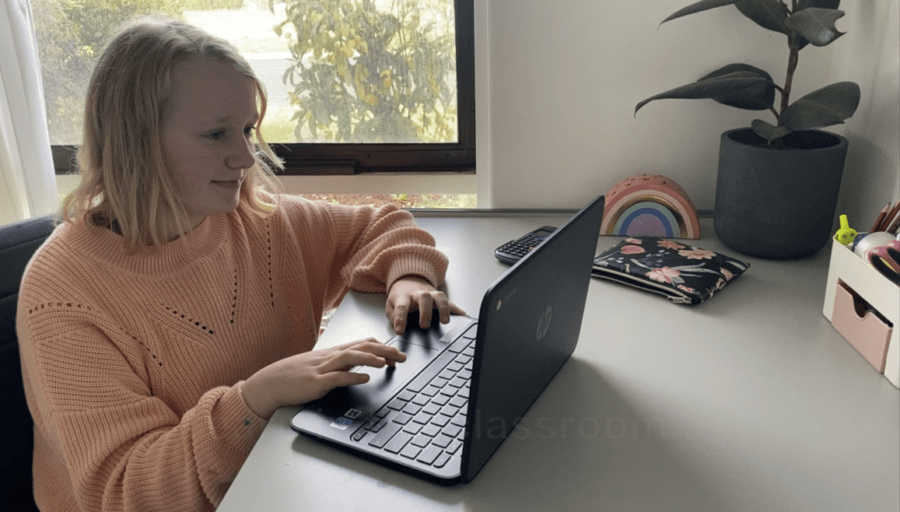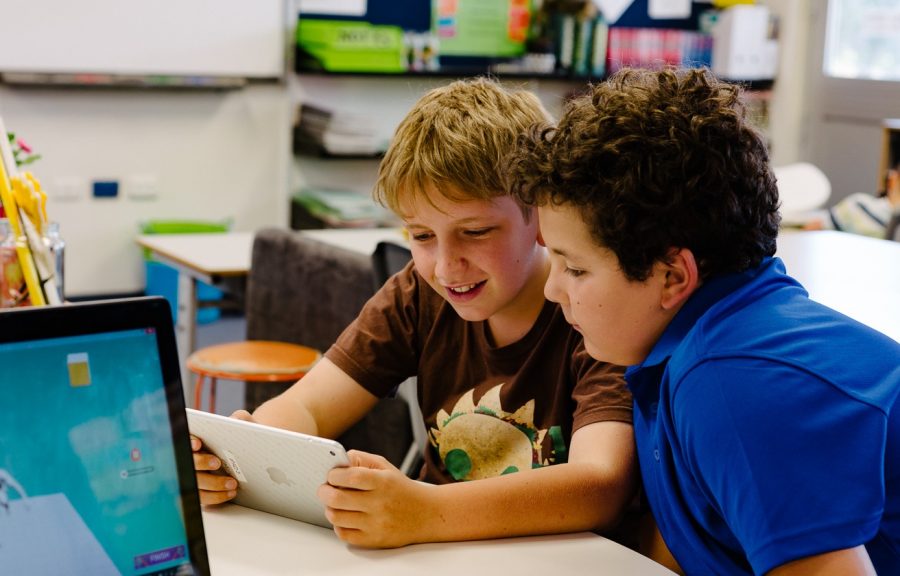We hear a lot about how important it is for today’s students to develop their 21st century skills, in addition to what are often referred to as ‘the basics’. In fact, the 4Cs of Communication, Collaboration, Critical Thinking and Creativity are often described as the ‘new basics’. These are the skills, dispositions and attitudes that our students will need to thrive in their future lives of work and play.
At Makers Empire, we believe that 3D design and printing can help students develop these vital new basics. Here are 12 of our favourite ways of making that happen:
Communication
Sharing thoughts, ideas, questions and solutions in powerful ways.
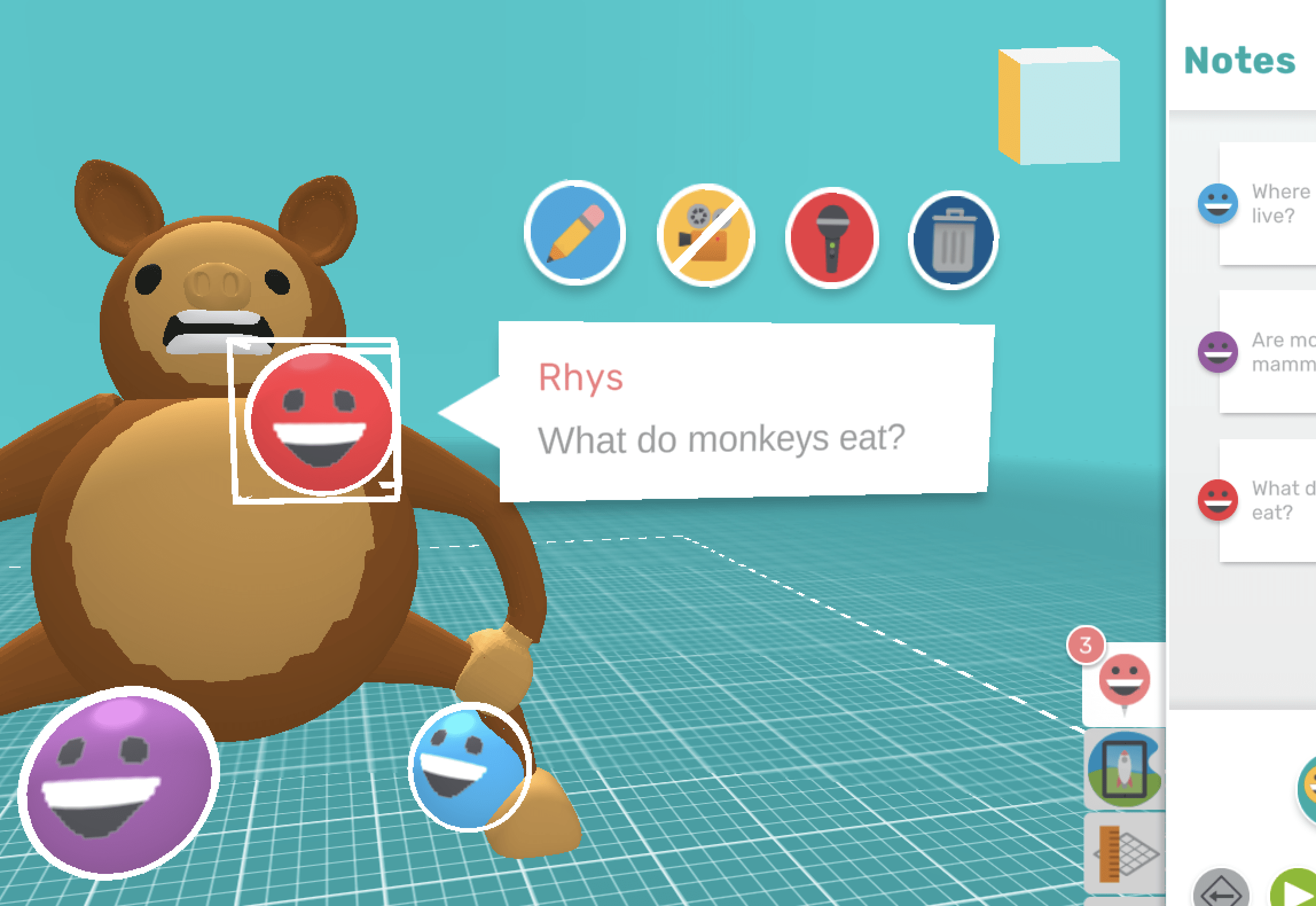
1. Ask students to show their understanding of a concept or idea using Makers Empire’s 3D design software. How can they communicate the concept of ‘a quarter’ or ‘trust’ or ‘bias’ or ‘animal adaptations’?
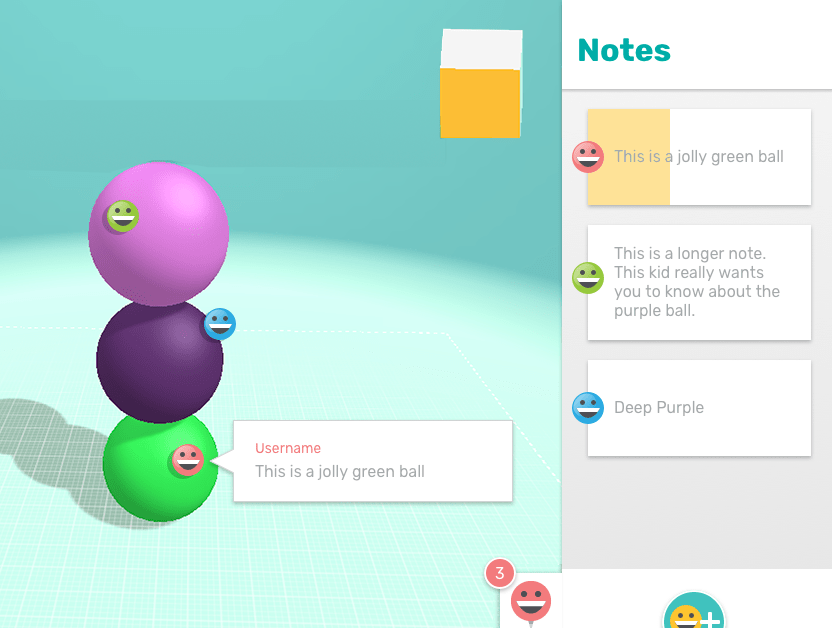
2. Have students explain the processes they followed while designing in 3D. What steps did they take? What design decisions did they make?
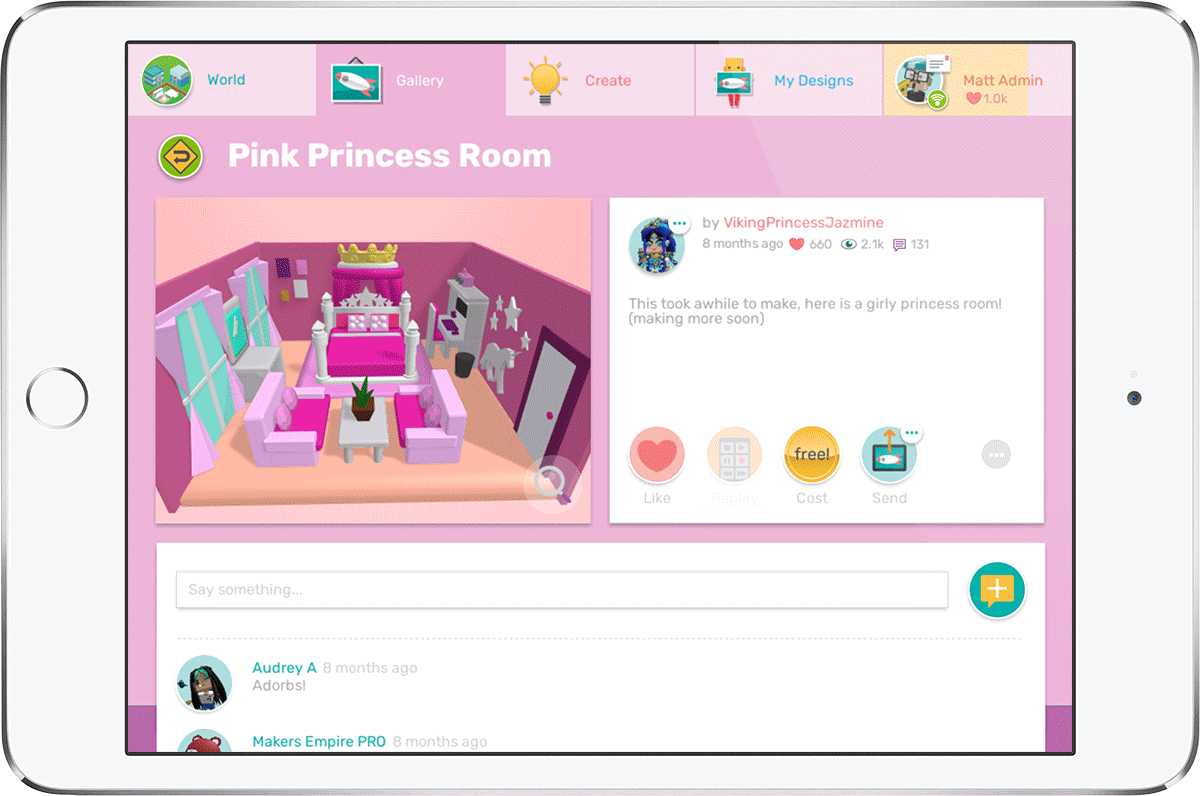
3. Encourage students to provide constructive feedback to help other students improve their designs. How might they use the comments feature in Makers Empire to do this?
Collaboration
Achieving shared goals with others. Thinking together and harnessing the ideas, skills and expertise of the group.
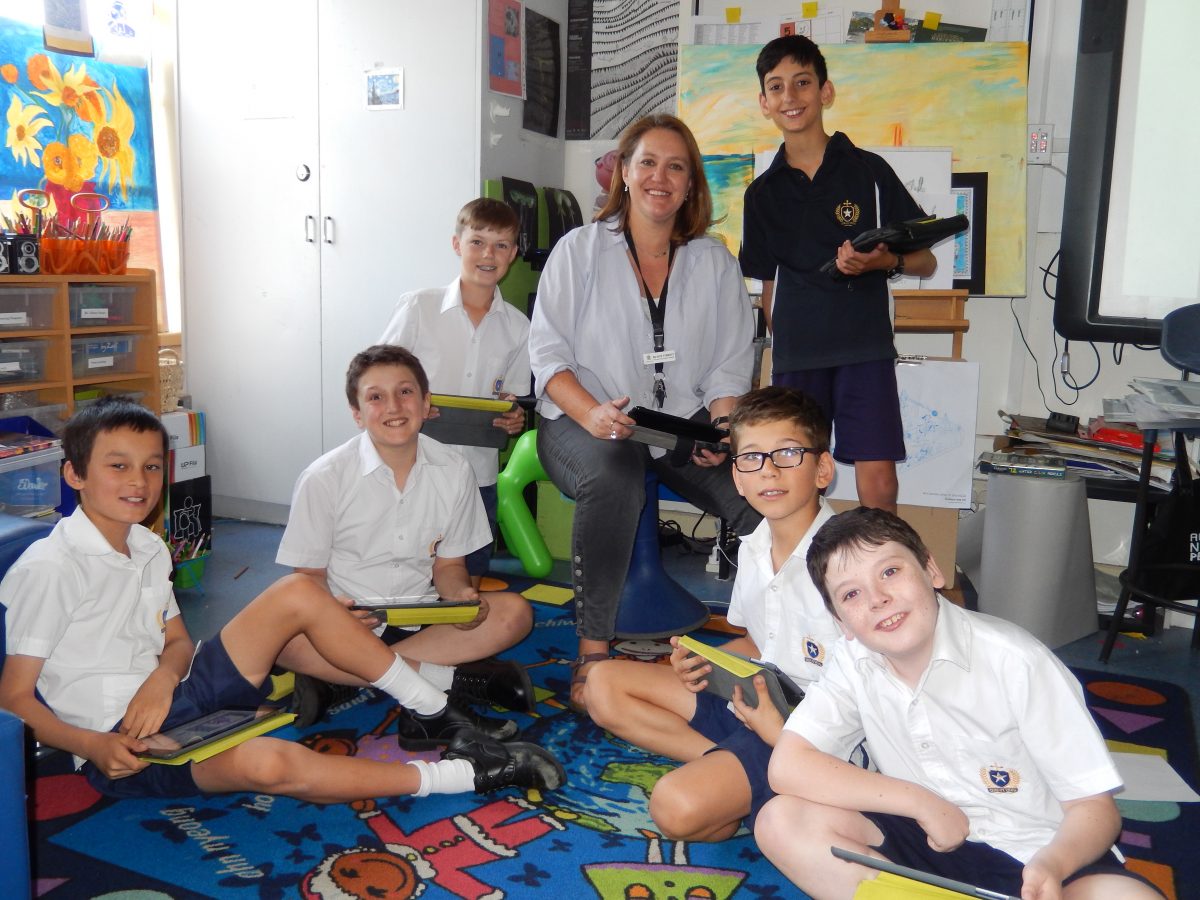
4. Provide opportunities for students to work on collaborative projects where each student takes responsibility for an aspect of a larger group project. For example, students at St Michael’s College worked in groups to create an awesome space station. Each student was responsible for the design of a particular element of the space station and for making sure this element fitted with the overall designs.
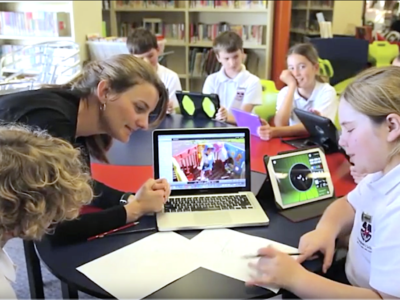
5. Provide opportunities for students to work collaboratively on solving real-world problems. In this example from Stephen’s School, the students worked together to come up with an effective solution to help their teacher’s toddler, who has cerebral palsy.
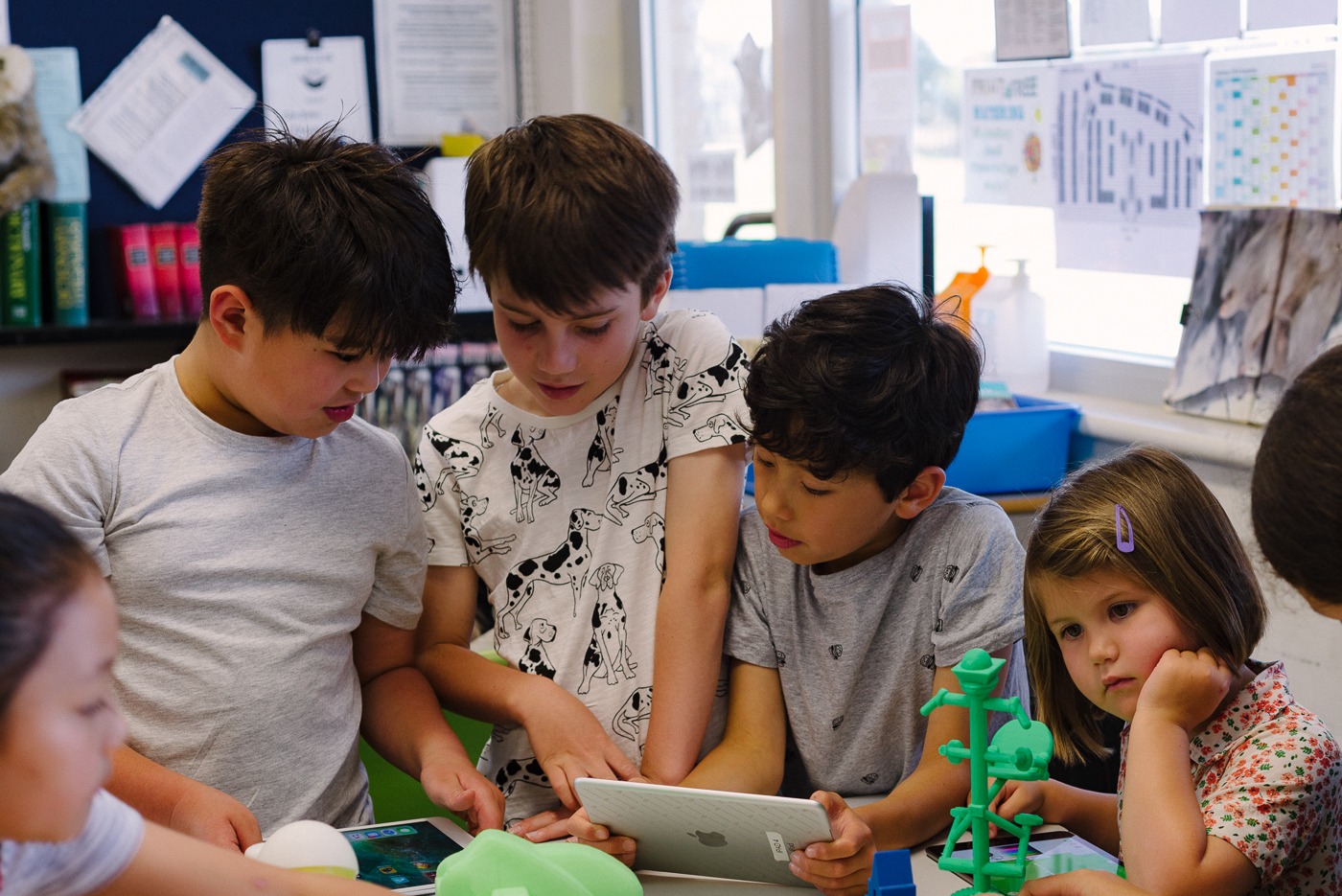
6. Set up design challenges where students work together on the same design. We’ve seen some great challenges where each student adds a new element to a design. Designs are ‘passed around’ until the end result has been contributed to by everyone in the group.
Critical Thinking
Looking at problems in new ways, making smart decisions and making connections to other subjects and ideas.
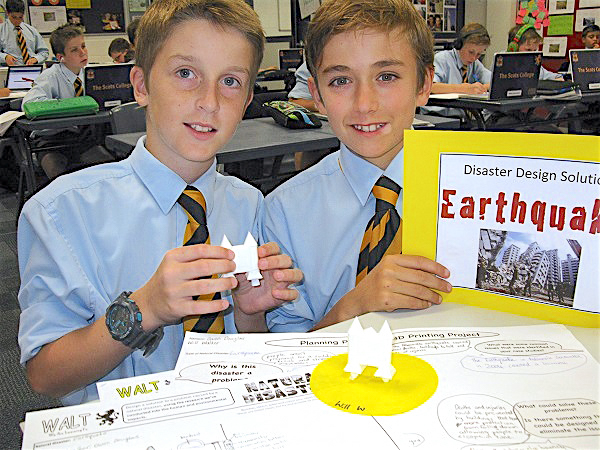
7. Present students with real-world scenarios and ask them to identify possible issues or problems. By positioning students as problem seekers and problem finders we are encouraging them to think critically when they are identifying needs and opportunities.
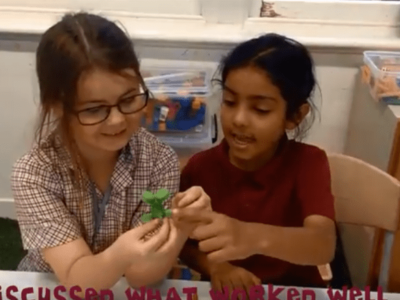
8. Develop a class question wall with student-generated questions to guide their thinking when they are designing. E.g Is there a better way to…?, How might I make this stronger?
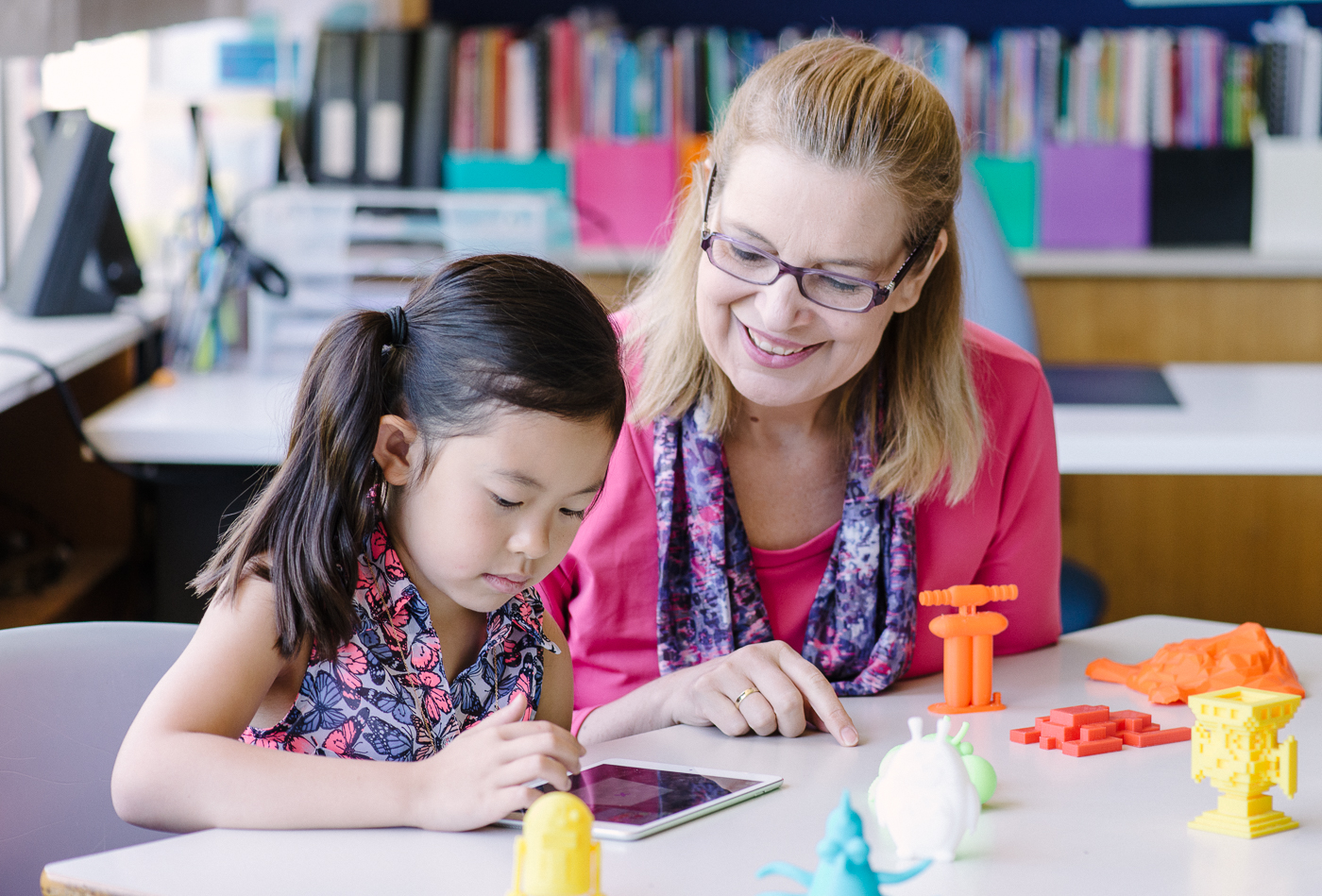
9. Support students to develop criteria for success for their design projects and use these to evaluate and improve the designs and solutions they develop.
Creativity
Generating and testing new ideas. Being innovative, inventive and enterprising.
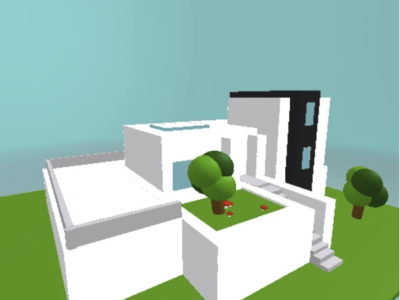
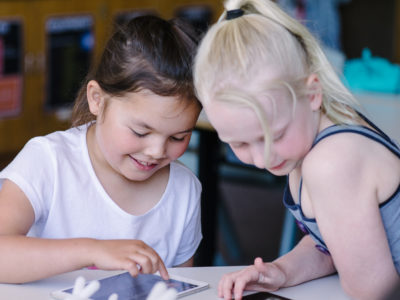
11. Add constraints to design challenges to encourage students to come up with new ideas and alternative ways to solve problems. e.g. The dream house must use exactly 100 blocks or the spaghetti solution must include a cog.
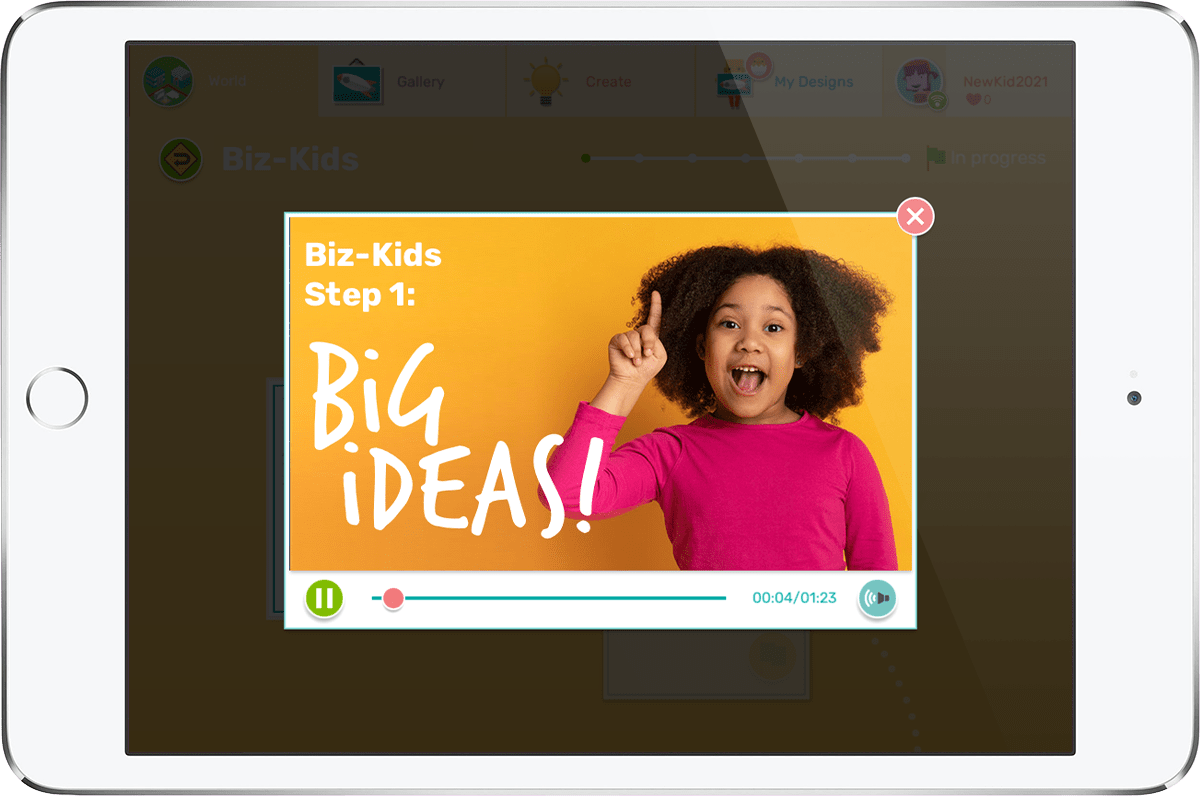
12. Encourage students to come up with as many ideas as they can before selecting an idea for a designed solution. Can they come up with 100 ideas in 10 minutes? What is the craziest idea they can think of? What if they had all the money in the world…?
AUTHOR BIOGRAPHY


